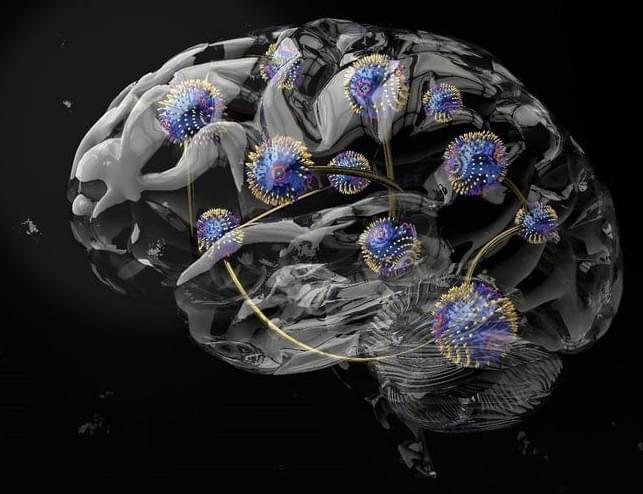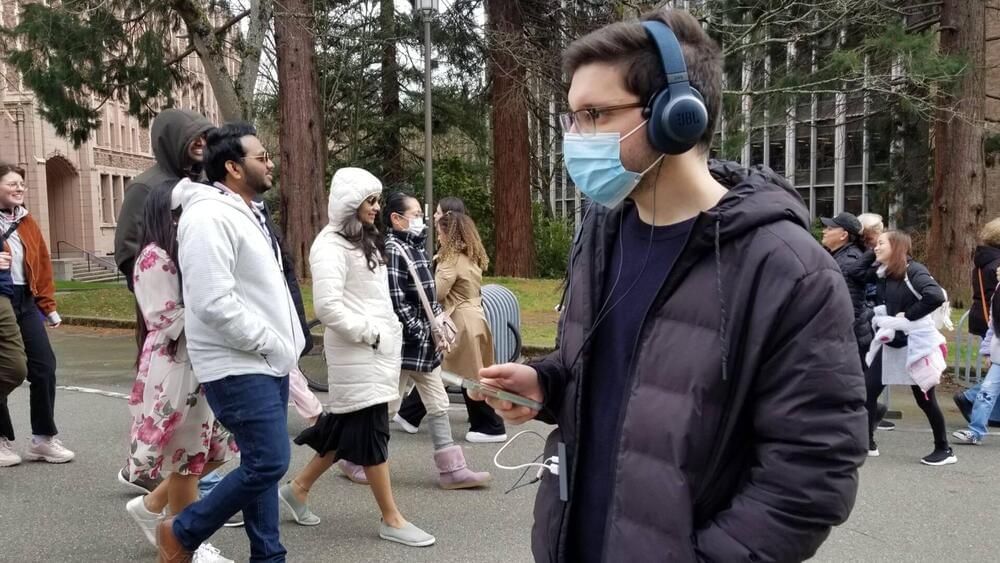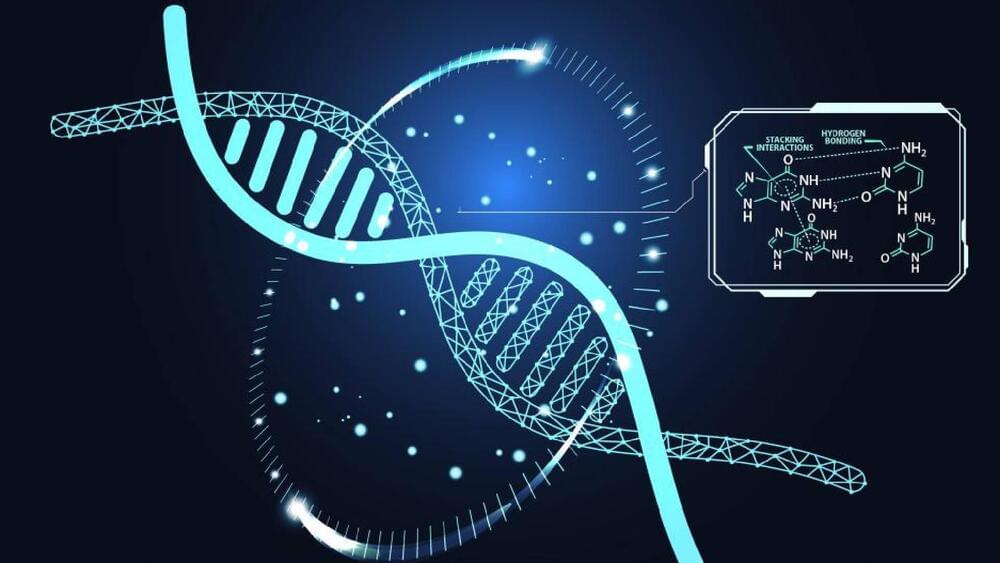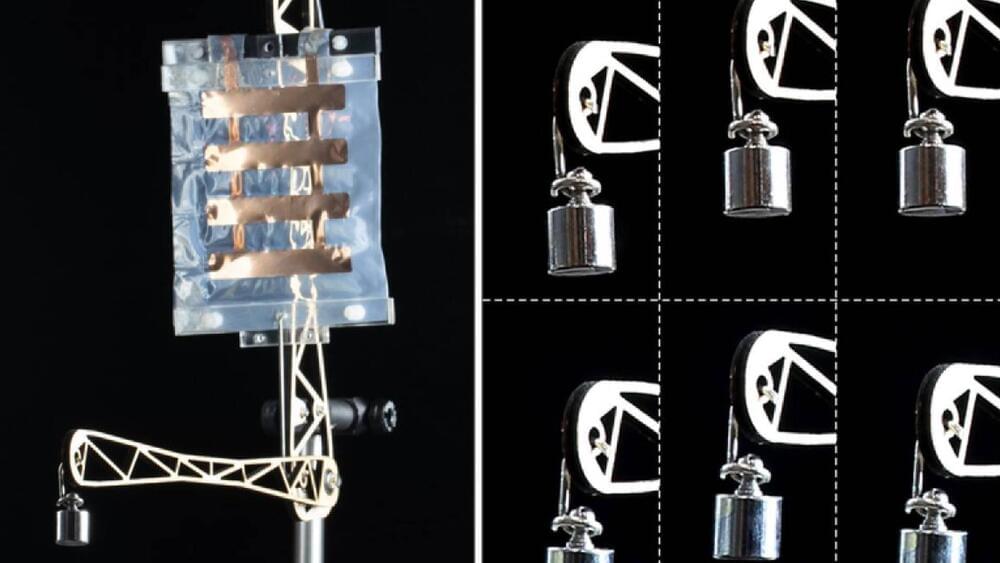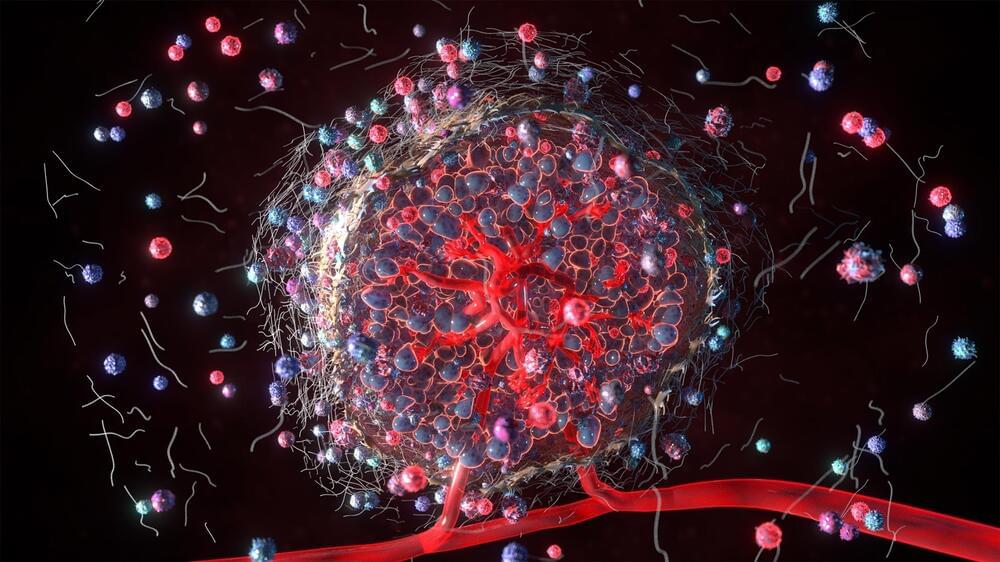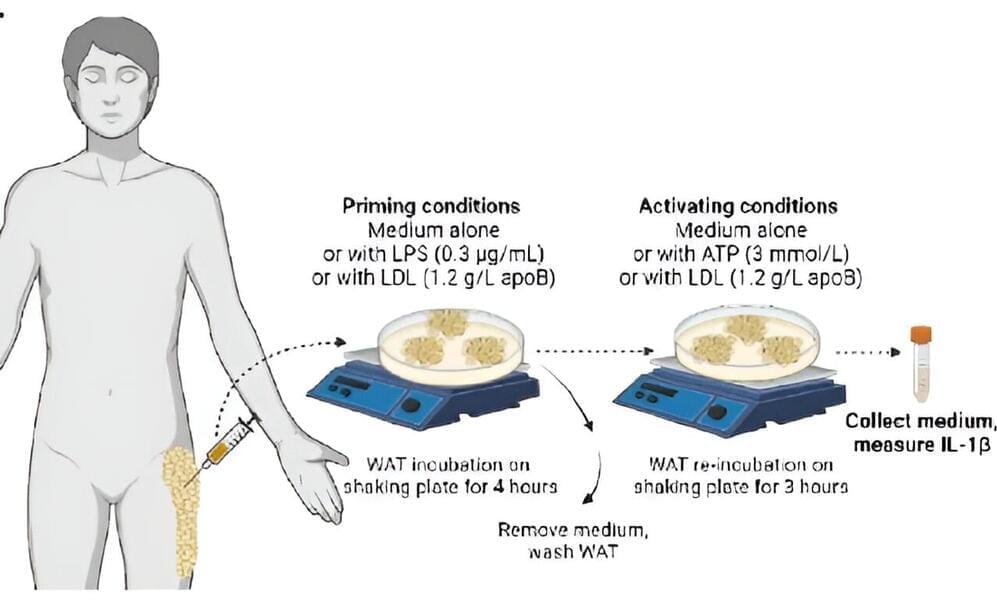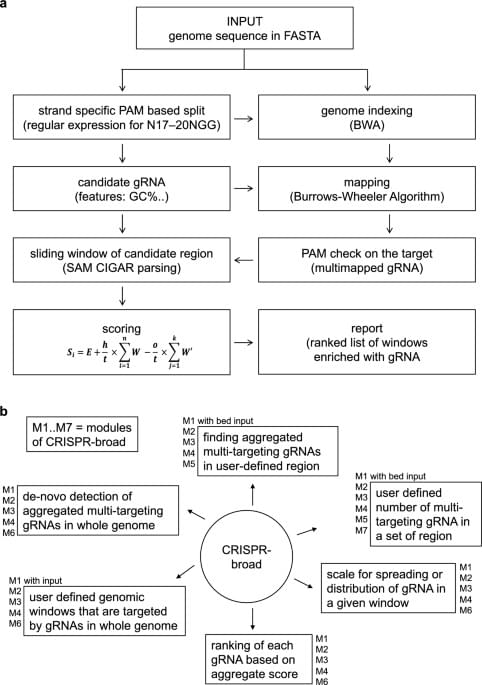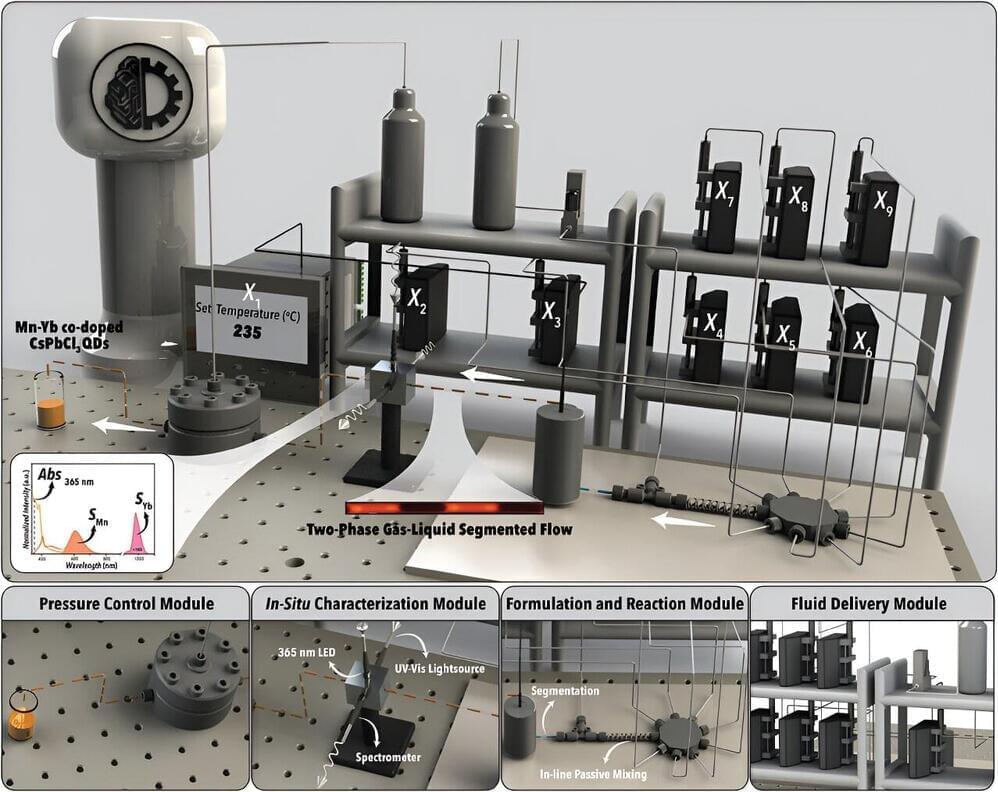Nov 13, 2023
Next-Gen Computing: Chiral Magnets Reshape the Landscape of Reservoir Computing
Posted by Laurence Tognetti, Labroots Inc. in categories: materials, robotics/AI
“This work brings us a step closer to realizing the full potential of physical reservoirs to create computers that not only require significantly less energy, but also adapt their computational properties to perform optimally across various tasks, just like our brains,” said Dr. Oscar Lee.
A recent study published in Nature Materials examines a breakthrough approach in physical reservoir computing, also known as a neuromorphic or brain-inspired method and involves using a material’s physical properties to adhere to a myriad of machine learning duties. This study was conducted by an international team of researchers and holds the potential to help physical reservoir computing serve as a framework towards making machine learning more energy efficient.
Artist rendition of connected chiral (twisted) magnets used as a computing avenue for brain-inspired, physical reservoir computing. (Credit: Dr. Oscar Lee)
Continue reading “Next-Gen Computing: Chiral Magnets Reshape the Landscape of Reservoir Computing” »
